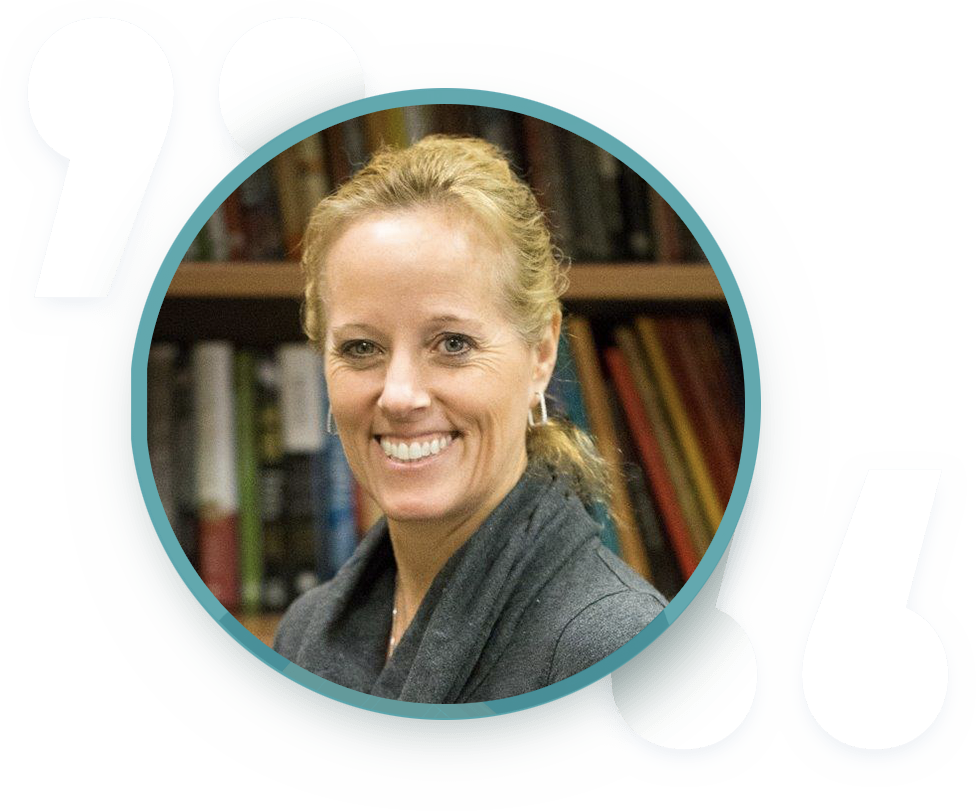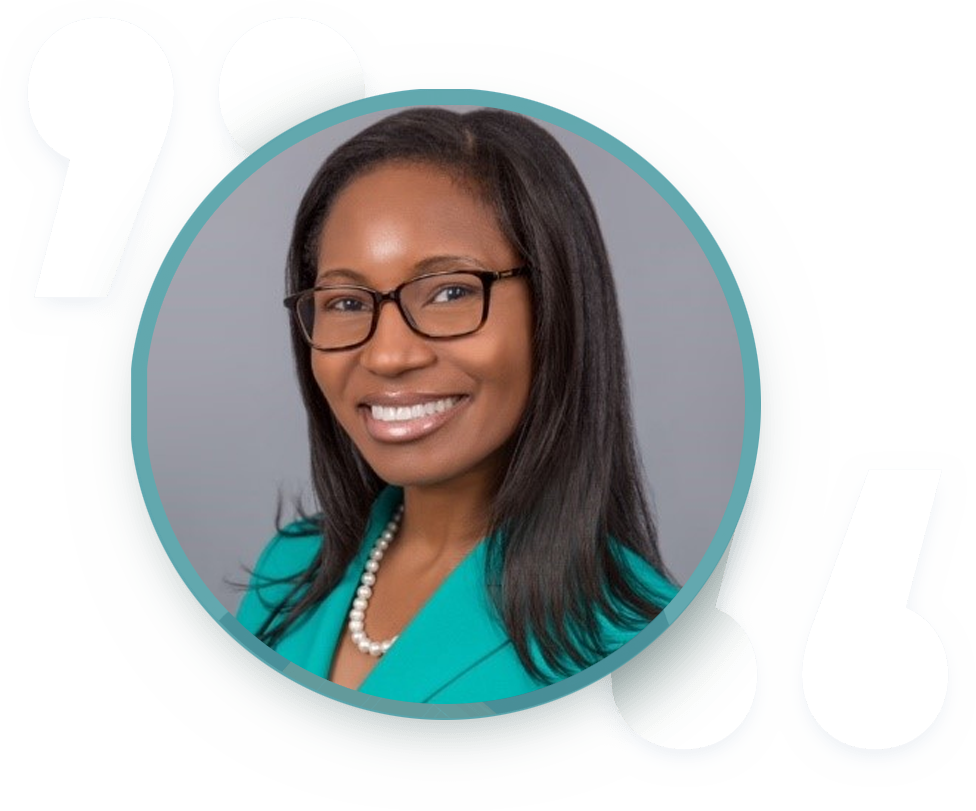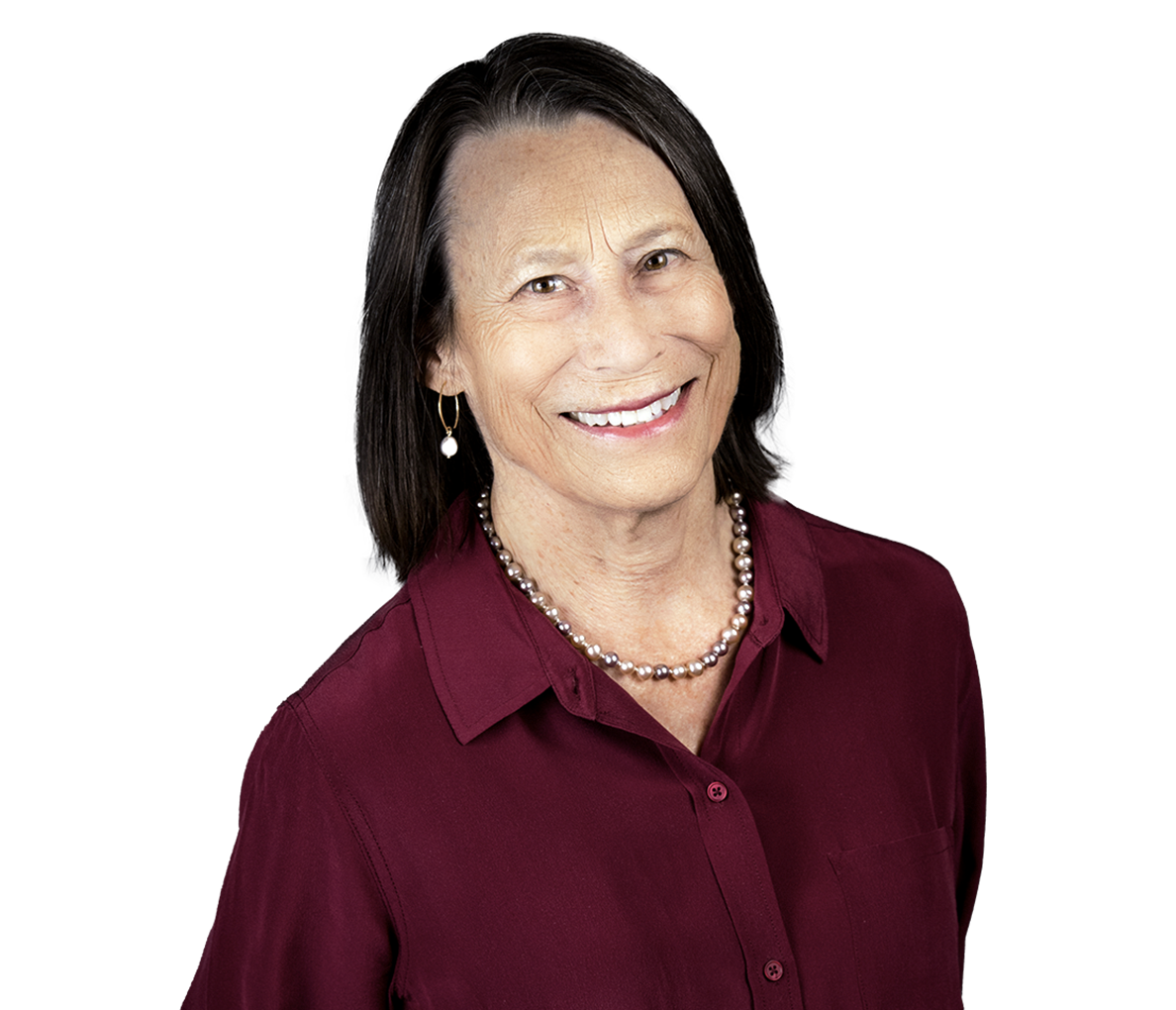Q: In a phonics or spelling program, how many graphemes should we teach?
A: Over a three-year word study program, approximately 75-85 frequently occurring graphemes will be explicitly taught. That number includes common consonant and vowel graphemes and the syllable patterns in which they are found. Many graphemes occur in specific positions, such as before or after certain sounds. We should teach how those patterns and generalizations work. For example, short vowels in closed syllables are often “guarded” by extra consonants, such as doubled letters, blends, digraphs and trigraphs. Charts can be found in LETRS Units 3-4, or Speech to Print, Chapter 4.
Q: Is “NG” a blend or a digraph?
A: This digraph represents the third nasal phoneme in English. These letters represent one phoneme. When the phoneme /ng/ occurs before /k/ or /g/, it is spelled with letter n (sink, lan- guage, mango).
Q: Should we teach consonant blends as “one sound?”
A: No. Each consonant in a blend is a phoneme. We want students to be aware of all the sounds in blends so that they can spell them and so that they distinguish similar-sounding words such as prank/plank; twig/trig; and flesh/fresh.
Q: What’s the best way to use leveled book libraries?
A: First, determine your instructional goal. If the lesson is aimed at teaching decoding, leveled books are inappropriate because they do not provide concentrated practice in reading words with the pattern being taught. If the goal is fostering independent reading, and students are interested in the books, they can elect to read them and may gain from incidental exposure to words they have not been explicitly taught. However, leveled books have no place in teacher-led, code-focused lessons for beginning readers. Once students have internalized the habit of sounding words out and are able to recognize at least a few hundred words “by sight,” they should be encouraged to reading anything that interests them. Exposure to “authentic” well-written literature, whether read independently, in supported group reading, or in read- alouds, is likewise essential for building reading skill.
Q: What curriculum do you recommend for grades K-3?
A: I’m still looking for one that has great, knowledge-building content and that also applies what we know about effective instruction of foundational skills. At present, most districts on the right track are still piecing their instruction together from several sources. Some use one program for teaching foundational skills in grades K-2, and another for grades 3 and up, when most students have acquired basic reading skill.
Q: How much time should be devoted to code-based instruction within the entire language arts block?
A: These estimates are based on several sources: 1) the time allotted across numerous implementation studies reviewed in the research literature; 2) the observational data of Barbara Foorman, from the NICHD Early Intervention Project; 3) the recommendations in Carol Connors’ studies. Time in K-1 for foundational skills instruction is typically 30-40 minutes. That time is divided between teacher-directed instruction and student-directed practice, determined by student abilities. The rest of the language arts block is devoted to text reading, vocabulary building, language study, and writing. The LA block in grades 2-3 typically involves about 30 minutes of word study – which can be taught with an emphasis on spelling – and 60-90 minutes for everything else.
Q: Do you think “sound walls” are important?
A: It’s not the wall that’s important! It’s calling students’ attention to the speech sounds of the language, using techniques such as mirrors to show articulation, as we prepare students to learn how the letters represent the sounds. Letters do not make sounds. Sounds are in the language the student already has, and the student must learn to distinguish them in speech and represent them in writing. Why not show them what the speech sounds are, in a nice chart, and then proceed to teach their spellings, one by one?




